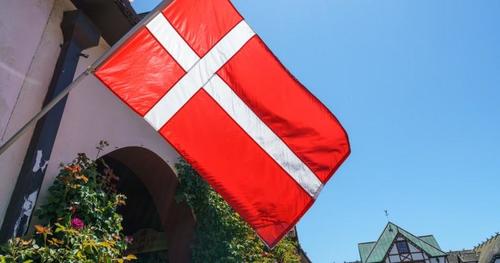Authored by Paul Joseph Watson via Summit News,
The net cost of non-western immigration to Denmark, after tax contributions have been deducted, has been revealed to be nearly $5 billion a year.
Yes, really.
The Danish Ministry of Finance revealed in its annual report that the cost amounted to DKK 31 billion ($4.8 billion) in 2018, a figure that leader of the opposition Danish People’s Party, Kristian Thulesen Dahl described as “astronomical.”
“The figure is based on state spending for public services related to immigration and welfare benefits received by immigrants and included state expenditures on healthcare, child care, education, and culture,” reports Sputnik.
“By contrast, tax contributions were deducted from the total.”
Apparently, diversity isn’t a strength, it’s actually a huge drain on public resources.
The majority of the money – DKK 24 billion ($3.7 billion) is spent on migrants from MENAPT nations (Middle East and North Africa plus Pakistan and Turkey), who comprise 55 percent of all non-western immigrants.
These migrants cost the state DKK 85,000 ($13,000) per person compared to just 4,000 per person from other non-western countries.
The $4.8 billion has actually decreased compared to previous years thanks to Denmark pursuing a harder line on immigration and attempting to eliminate migrant ghettos.
However, the Danish People’s Party wants to go further by “deporting 70 percent of immigrants by 2030, if they have committed something criminal, haven’t mastered Danish, or have been unemployed for a long time.”
Earlier this year, Denmark launched a new immigration policy that will ensure areas of the country have no more than 30 per cent of people from a non-western background.
As we previously highlighted, a study by academics at the University of Copenhagen found that ethnic diversity has a negative impact on communities because it erodes trust.
Seeking to answer whether “continued immigration and corresponding growing ethnic diversity” was having a positive impact on community cohesion, the study found the opposite to be the case.


